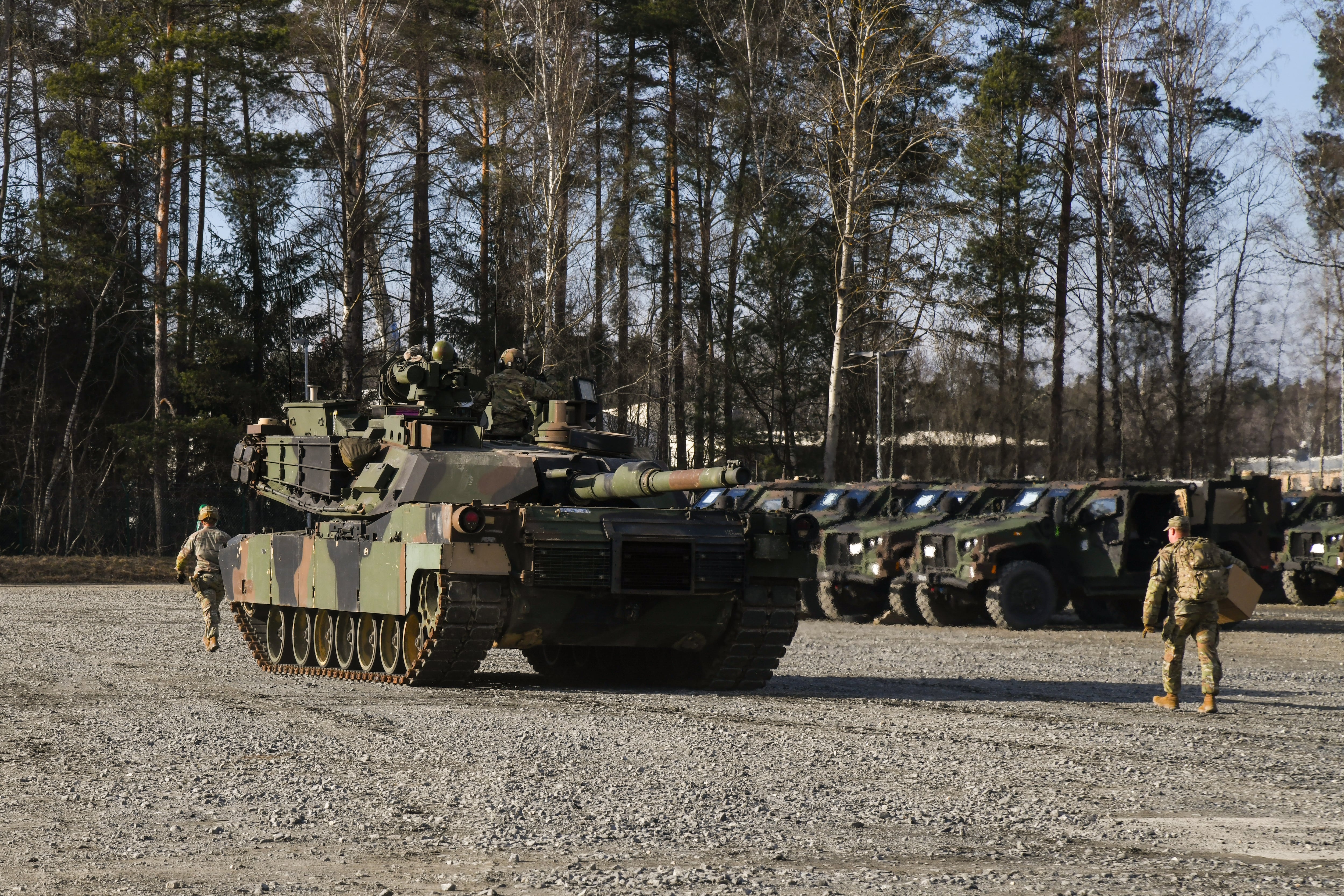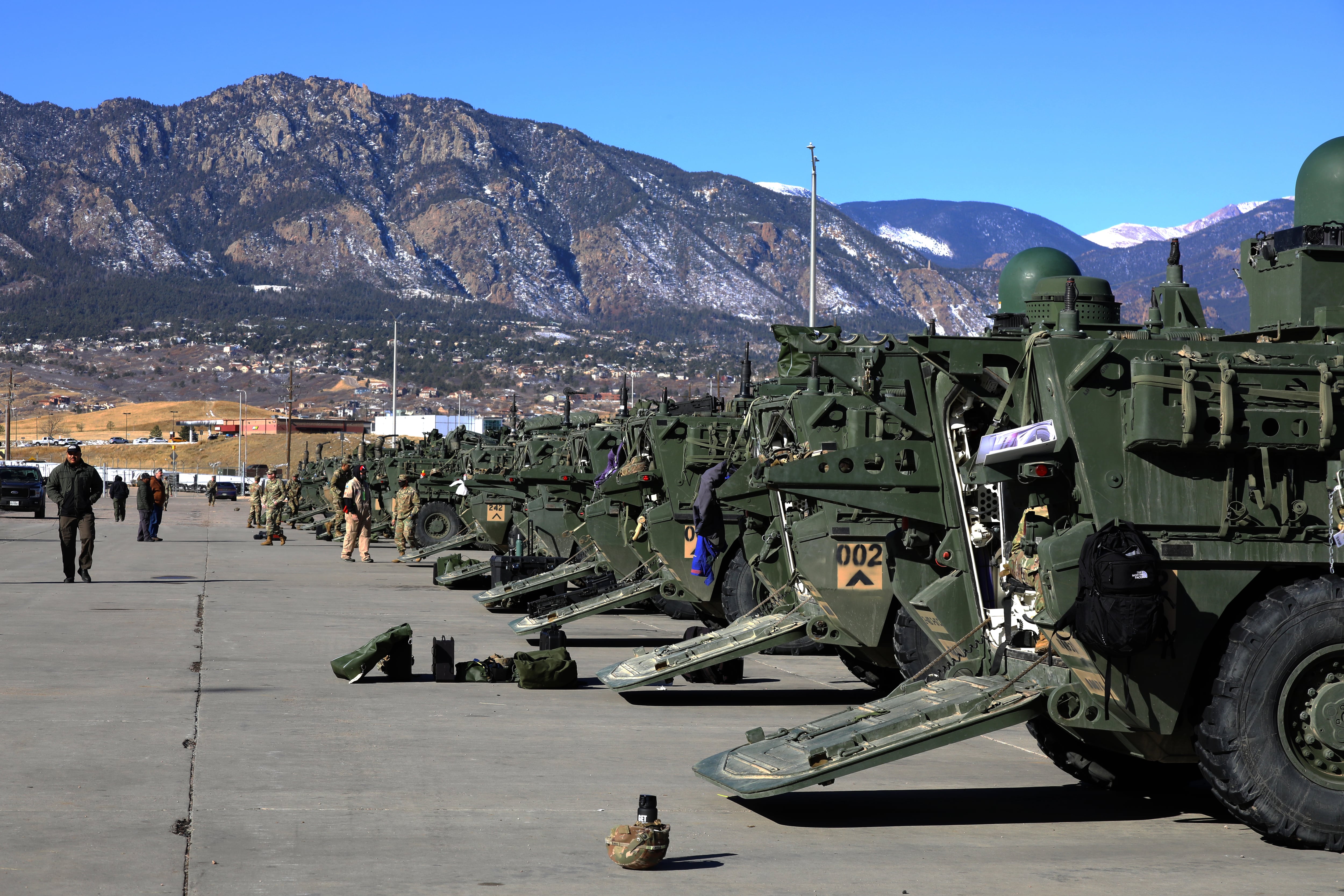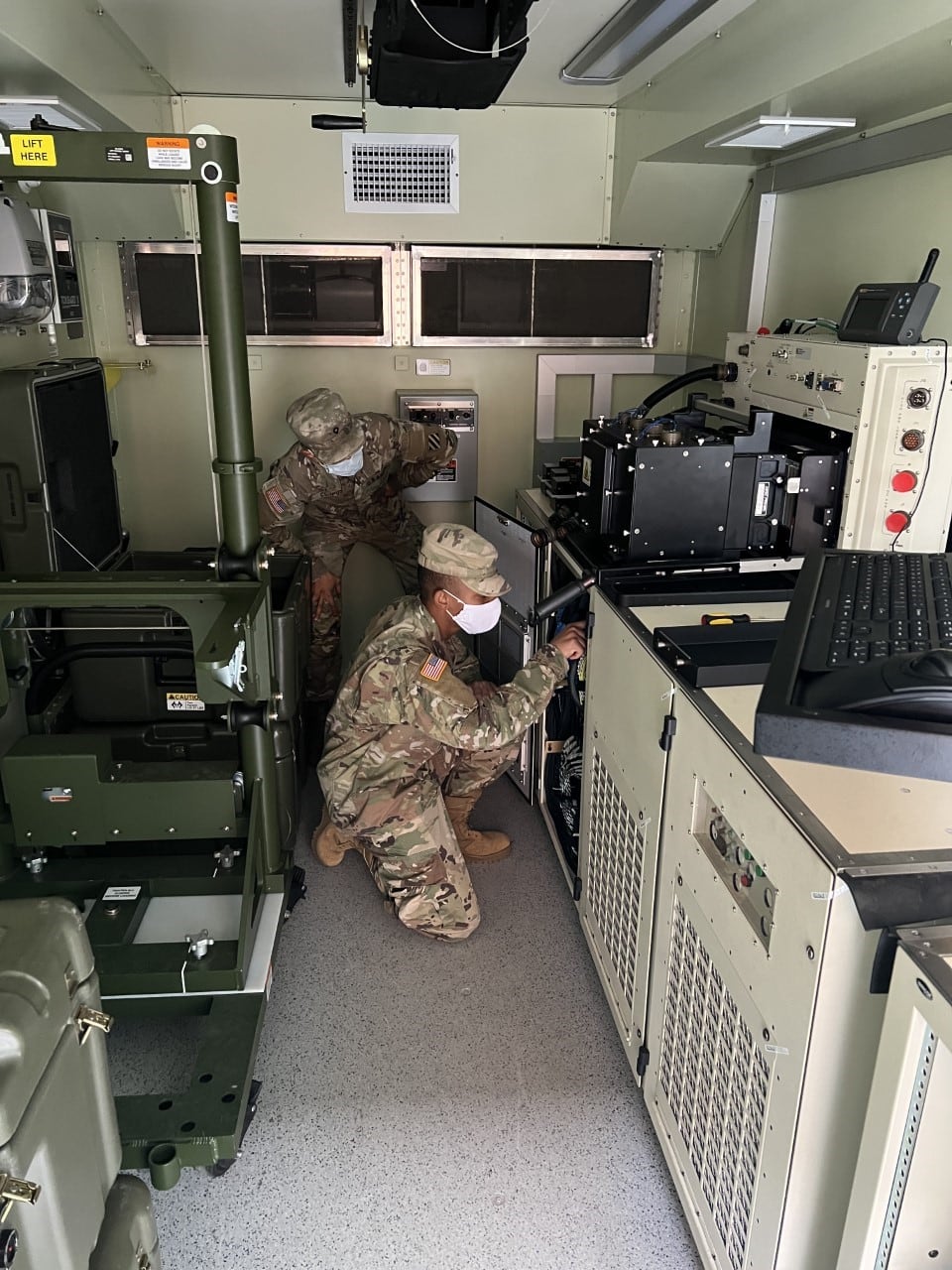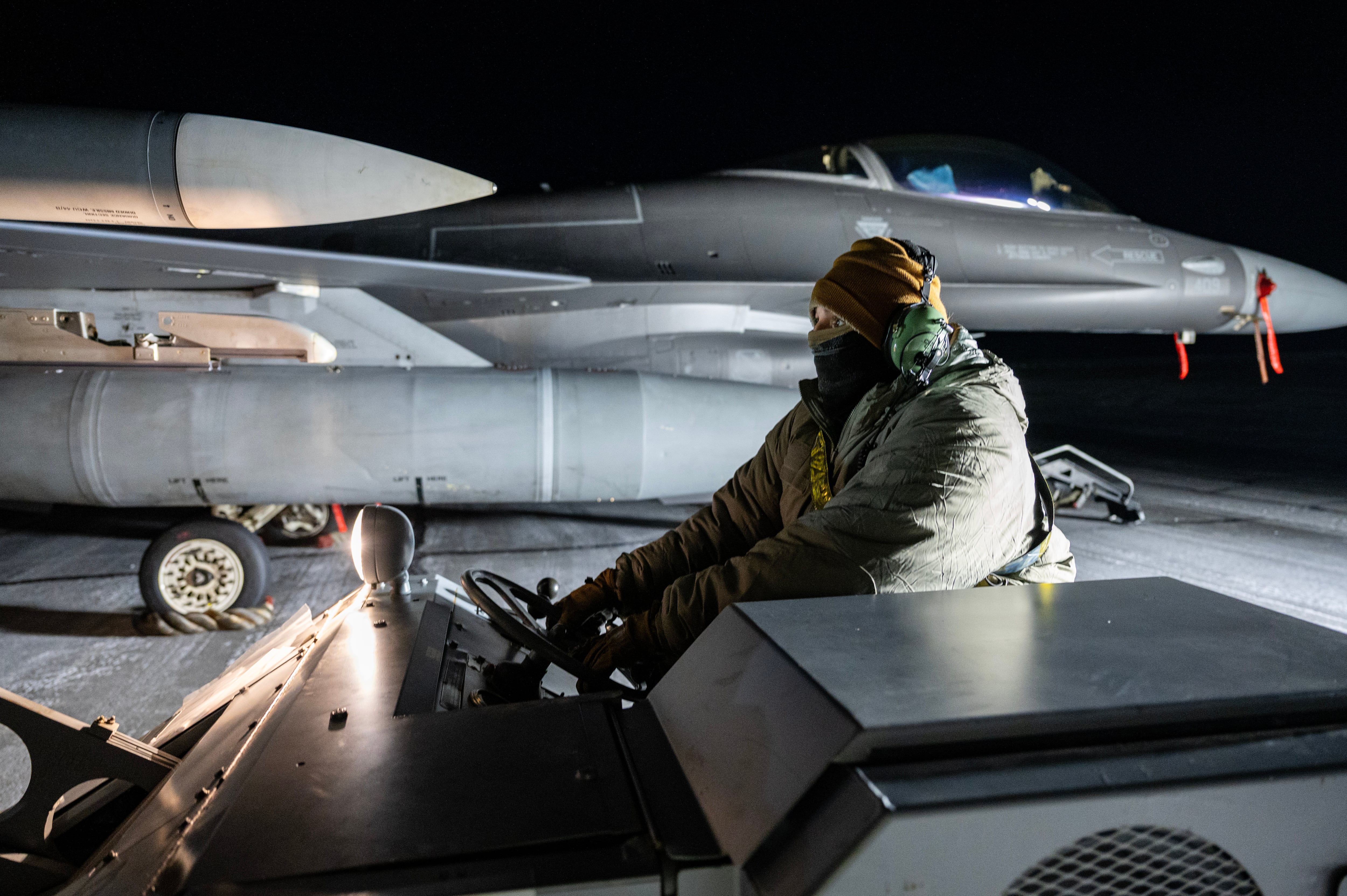Army armor units are in high deployment demand right now, with little on the horizon to slow that pace. But even as the service deploys these units across the world for a variety of missions, they’ve still got to upgrade and update these formations.
Currently four of the Army’s 11 active armored brigade combat teams are deployed.
Even as those deployments push armor across the world, in recent months, the 2nd Armored Brigade Combat Team, 3rd Infantry Division, out of Fort Stewart, Georgia, has been the recipient of the most modern gear and capabilities these formations have seen in decades.
Soldiers with experience are seeing measurable improvements from these new platforms already in their ability to maintain and operate, fire and move, soldiers with the brigade told Army Times recently.
RELATED

As the new features of these upgraded systems converge in a unit like the 2nd ABCT, its soldiers will face their own test in about a year when they test their mettle at the National Training Center at Fort Irwin, California.
These are some of the changes the brigade and its division have seen since last year.
- Added the new Joint Light Tactical Vehicles to their fleet
- Incorporated cutting edge maintenance and diagnostic tools
- Completed training with the Army’s newest artillery system, the M109A7 Paladin howitzer
- First to field the new M2A4 Bradley Fighting Vehicles
- Tested the new Armored Multi-Purpose Vehicle
- Moved from the M1A1 Abrams to the M1A2 Sepv3 Abrams tank
Staff Sgt. Sebastian Grabacki told Army Times that he’s seen past and current variants of the Bradley in his six years on the system and the newest A4 variant.
And the changes he’s seeing are not softer seats and a cup holder. They have a real effect on how his teams will engage the enemy.

“Part of the qualification for gunnery, there is a multiple target engagement and before in the A3 variations you would not be able to immediately move from one target directly on to another,” Grabacki said.
Grabacki works as a combat engineer in the 9th Brigade Engineer Battalion, 2nd ABCT.
The A4′s commander independent viewer allows the turret to be immediately dragged off the target just fired upon and put directly onto the next target, he said.
Soldiers could shoot at multiple targets before, just not as rapidly.
The viewer gives the vehicle commander a measure of safety, too, because it allows them to check the area beyond their immediate field of view.
“Commanders would have to get outside of their turret and be exposed to enemy contact,” he said.
But in the new system the commander can stay inside the vehicle and still see all around for better situational awareness.

Not all of the changes are seen directly on the range. But recent changes to how the vehicles are built and maintained have a real impact on the unit’s readiness, soldiers said.
Chief Warrant Officer 2 Mark Mansbridge is the battalion maintenance chief for 1st Battalion, 9th Field Artillery Regiment, 2nd ABCT.
A huge time and work saver has been the Army’s adoption of the common chassis and power pack system for the M109A7 Paladin, Bradley IFV and AMPVs, he said.
That helps soldiers such as Mansbridge reduce the unit’s logistical footprint. Instead of working on three different engines and having to order a variety of parts, his maintainers can train on one engine, know it back to front and get common parts to fix each of the systems uniformly.
“From an individual standpoint, for new soldiers, it’s tangible,” he said. “Any time you get something new and shiny, it’s exciting for those guys.”
Back on the guns, Staff Sgt. Devin Lancaster, an Abrams tank master gunner is seeing new tech make for better shooters.

The M1A2 SEPv3 version of the venerable Abrams tank has the Common Remote Operated Weapons System, or CROWS, just like the new Bradley variants. The shooting system adjusts for the right ballistic balance depending on the round, has newer thermal sights, better optics and other features that push accuracy out by an additional kilometer, he said.
One substantial improvement maximizes the most valuable training element: time.
There’s a lot of downtime on any range, whether it’s shooting M4 carbines, howitzers or Abrams tanks.
But with the new electronic systems inside the Abrams, Lancaster can have his soldiers running simulations inside the vehicle, practicing target engagement and weapons familiarization. It even allows gunners to practice these features without moving the turret.
“It just gives you more experience with the turret, how it’s going to react with the fire control system overall, everything you’re doing without having to fire live rounds,” Lancaster said. “You’re getting all of that training and getting more proficient and cohesive with your crew.”
And an overlooked but always annoying feature has been fixed. Most of the testing and training modules used to take up valuable space inside the vehicle. New designs now have cables outside the vehicle and not crowding the cramped quarters inside.
These minor changes knit together in ways that affect not just the individual systems being fielded with 2nd ABCT but across the entire brigade and even division.
Maj. Jeffrey Jennings, the division’s chief of future operations, told Army Times that the recent technology won’t fundamentally change doctrine or the battle-proven tactics of an ABCT, but will provide significant enhancements to the fight.
“We’re retaining our competitive edge and fielding new capabilities that allow soldiers to do their jobs, their core competencies with improved efficacy,” Jennings said.
That translates to less time in maintenance because the vehicles are more dependable, and improvements in lethality, mobility and enhanced ability to operate and survive in restricted terrain, he said.
*Correction: This article has been updated to reflect the correct spelling of Maj. Jeffrey Jenning’s first name and removal of an inaccurate reference to Stryker vehicles.
Todd South has written about crime, courts, government and the military for multiple publications since 2004 and was named a 2014 Pulitzer finalist for a co-written project on witness intimidation. Todd is a Marine veteran of the Iraq War.





